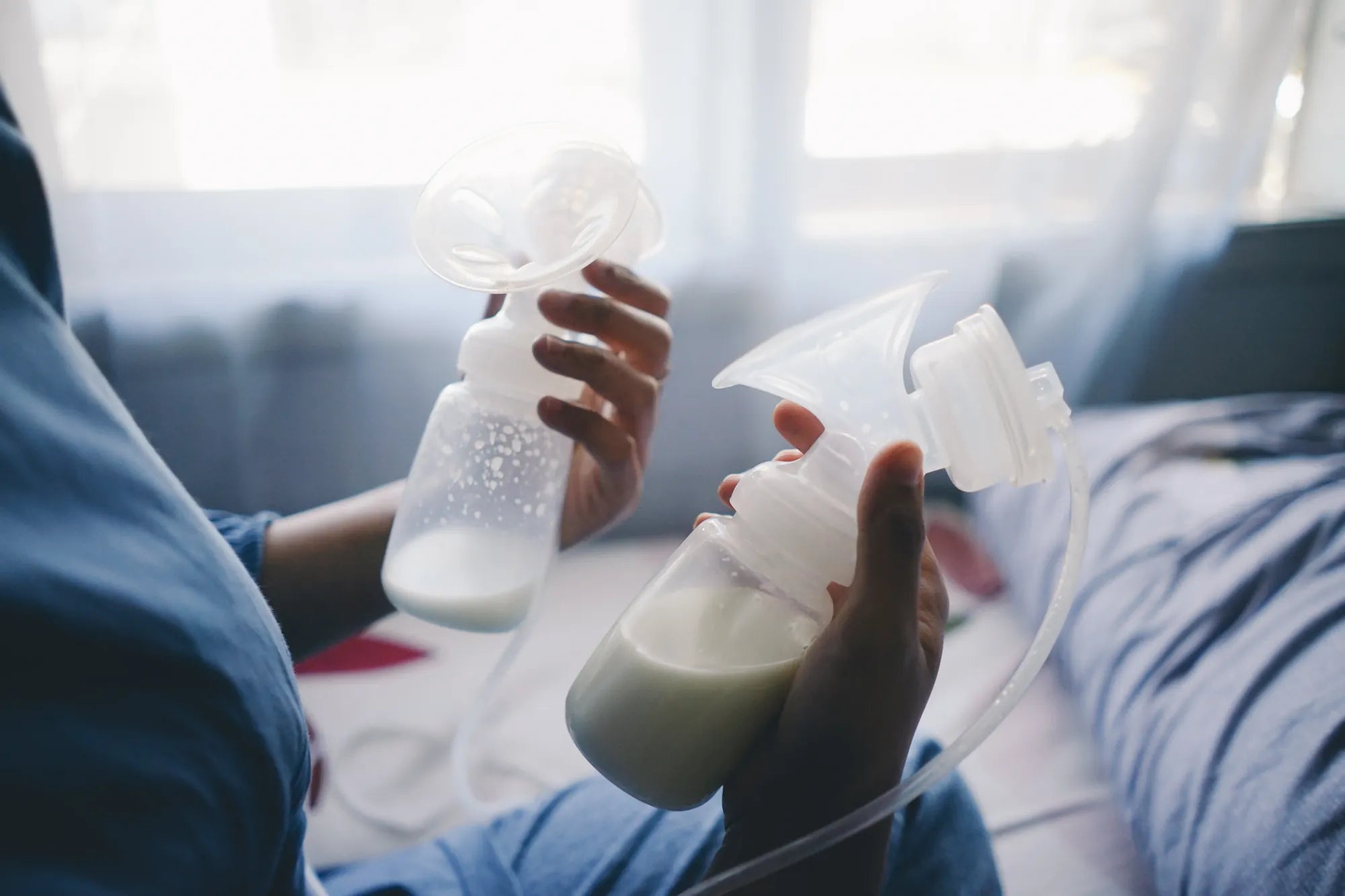Inicio
Pregnancy, Breastfeeding, and Pumping: The Ultimate Guide for Moms
How Long Should I Pump My Breast Each Time: A Comprehensive Guide

How Long Should I Pump My Breast Each Time: A Comprehensive Guide
Breast pumping is an essential practice for many mothers, whether they are returning to work, building a milk stash, or ensuring their baby gets enough milk. One of the most common questions new mothers ask is, how long should I pump my breast each time? The answer isn't one-size-fits-all, as it depends on various factors such as milk supply, baby's needs, and personal comfort. This article will delve into the details to help you find the right balance.
Understanding Breast Pumping Basics
Before diving into the specifics of pumping duration, it's important to understand the basics of breast pumping. Breast pumps are designed to mimic a baby's sucking pattern, which helps stimulate milk production. There are two main types of breast pumps: manual and electric. Each has its own set of advantages and disadvantages, but the principles of pumping remain the same.
When you start pumping, it's crucial to ensure that you are using the correct flange size. A flange that is too small or too large can lead to discomfort and inefficient milk removal. Additionally, finding a comfortable and quiet place to pump can make the experience more pleasant and effective.
Factors Influencing Pumping Duration
Several factors can influence how long you should pump each session. These include:
- Milk Supply: Mothers with a robust milk supply may find that they can pump for shorter durations, while those with a lower supply may need to pump longer to extract the same amount of milk.
- Baby's Needs: The age and feeding habits of your baby can also impact pumping duration. Newborns typically feed more frequently, requiring shorter but more frequent pumping sessions.
- Comfort: Pumping for too long can lead to discomfort or even pain. It's essential to listen to your body and adjust the duration accordingly.
- Pump Efficiency: The type of pump you use can also affect how long you need to pump. Electric pumps are generally more efficient than manual ones, allowing for shorter sessions.
Recommended Pumping Duration
While the exact duration can vary, most lactation experts recommend pumping for 15 to 20 minutes per session. This duration is typically sufficient to empty the breasts and stimulate milk production. However, it's important to note that this is a general guideline and may need to be adjusted based on individual circumstances.
For mothers who are exclusively pumping, it's often recommended to pump for 20 to 30 minutes per session. This longer duration helps ensure that the breasts are fully emptied, which is crucial for maintaining milk supply.
Frequency of Pumping Sessions
In addition to the duration of each session, the frequency of pumping is also important. New mothers are often advised to pump 8 to 12 times per day, especially in the early weeks postpartum. This frequent pumping helps establish and maintain a healthy milk supply.
As your baby grows and starts feeding less frequently, you can gradually reduce the number of pumping sessions. However, it's essential to continue pumping regularly to avoid a drop in milk supply.
Tips for Effective Pumping
To make the most of your pumping sessions, consider the following tips:
- Stay Relaxed: Stress can hinder milk letdown, so try to relax and focus on your baby or think about something pleasant while pumping.
- Use a Hands-Free Pumping Bra: This can make the process more comfortable and allow you to multitask if needed.
- Massage Your Breasts: Gently massaging your breasts before and during pumping can help stimulate milk flow.
- Stay Hydrated: Drinking plenty of water is essential for maintaining milk supply.
- Pump on a Schedule: Try to pump at the same times each day to establish a routine.
Common Mistakes to Avoid
While breast pumping is a straightforward process, there are some common mistakes that can reduce its effectiveness. These include:
- Pumping for Too Long: Prolonged pumping sessions can lead to discomfort and may not necessarily increase milk supply.
- Incorrect Flange Size: Using the wrong flange size can lead to inefficient milk removal and discomfort.
- Inconsistent Pumping: Skipping pumping sessions or pumping at irregular times can negatively impact milk supply.
- Ignoring Pain: Pain during pumping is not normal and should be addressed immediately. It could be a sign of an incorrect flange size or other issues.
When to Seek Help
If you're struggling with breast pumping or have concerns about your milk supply, it's important to seek help from a lactation consultant or healthcare provider. They can provide personalized advice and support to help you navigate the challenges of breast pumping.
Additionally, if you experience persistent pain, low milk supply, or other issues, don't hesitate to reach out for professional help. Early intervention can make a significant difference in your breastfeeding journey.
Breast pumping is a valuable tool for many mothers, but it's essential to find the right balance in terms of duration and frequency. By understanding the factors that influence pumping and following the tips outlined in this article, you can ensure a successful and comfortable pumping experience. Remember, every mother's journey is unique, so don't be afraid to adjust your routine as needed to meet your baby's needs and your own comfort.
Compartir

